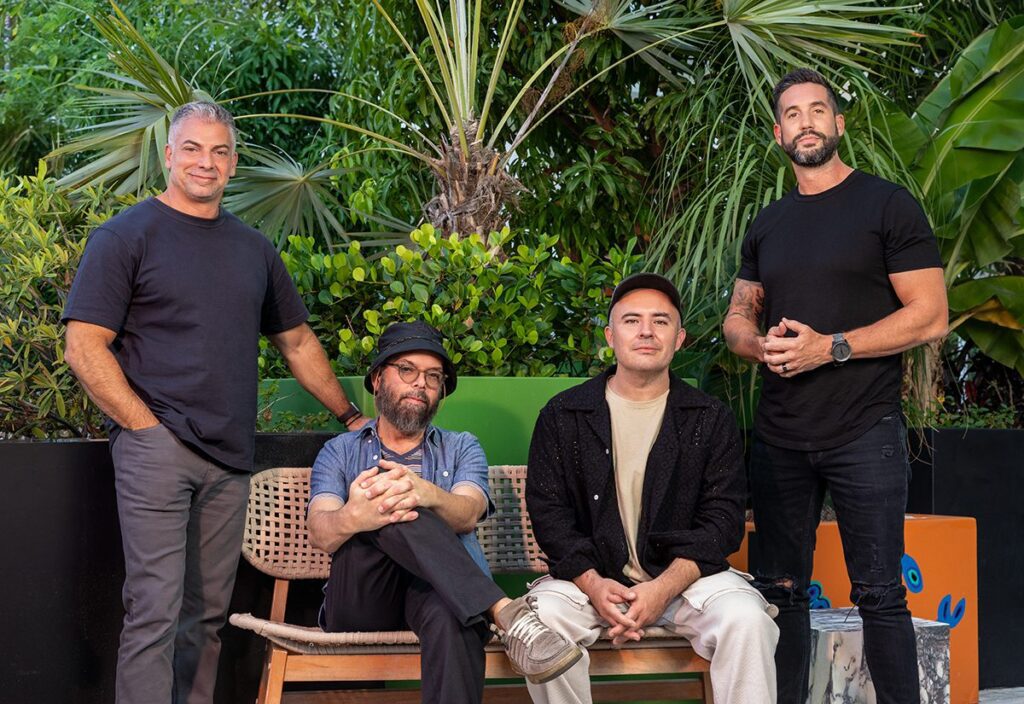In the interactive advertising space, Ad:Tech holds the title of most significant conference, with Ad:Tech New York as the crown jewel in the series. At each show, and certainly during the New York one, you can count on companies to launch new products, announce new partnerships, and a bevy of other news designed to attract attention, increase buzz and, in general, generate more business. Ad:Tech New York, though, does not hold the monopoly on conferences in early November, but only Ad:Tech focuses exclusively on Internet advertising.
For companies, in the Internet advertising space, Ad:Tech seems like the logical choice to exhibit and make an announcement. Yet, this wasn’t the case. Several companies decided to take an alternate approach, perhaps a less crowded one, with respect to other advertising companies, to gain notice. Listed below are four companies. Two – AdBrite and Google – displayed at Ad:Tech and two – Adify and Turn – did not. Of the four, Google sponsored not only Ad:Tech but also had a presence at the not quite competing, not quite complimentary, overlapping Web 2.0 conference held in San Francisco November 7 – 9.
Adify – we covered this company recently in “The Un-network Ad Networks” as an example of one building up an ad network by doing so indirectly. Rather than play an active role in matching advertisers with publishers, be it through site representation, ala Tribal Fusion, an arbitrage approach (Advertising.com), or a behavioral one (Revenue Science), they have taken the approach of building tools so that sites who do not have a direct sales force can sell ads. It’s a slightly more customized version of Google’s site specific options and most closely related to Adbrite (below). The innovation comes by Adify’s product allowing sites to band together to form their own network. Instead of coming out at Ad:Tech, they chose the Web 2.0 conference. It’s a pretty big win for them (check out the speakers) as their coming out didn’t cost a thing. They were selected to participate in a portion of the show called Launch Pad in which 200 companies applied to showcase their wares with only 13 being selected from a top notch panel. Were they to be at Ad:Tech, they would get some attention, but they have an unproven model with technology that isn’t rocket science. They showed their savvy by going the route they did as it will lead to more publisher signups, which is what they need.
AdBrite – another company we recently profiled in “The Un-network Ad Networks”. They are not new to the conference scene and coming out of the startup phase. From an ad network perspective they are almost veterans. They don’t qualify as Web 2.0, but that hasn’t stopped their business from reaching 2.0 status. The company announced recently, and received some press over, its latest product changes. ClickZ tries to explain the changes but not with incredible clarity. The major changes it appears (unconfirmed) revolve around targeting and pricing. The company has always offered transparent placement; in addition to that, it will start to map IP data, census data, and comScore data to make a more educated guess about the user. It won’t be true demographic targeting, but it sounds like an approach designed to lure in, larger agency type buyers who need more data before committing funds. The second major change looks to be a shift from their current sponsorship approach to a true cpc auction model. It’s a logical shift and should increase their revenue and, as a result, the site’s who use them.
Turn – one of the few true, new ad networks; this company has received significant funding and has a well known leader at the helm – former CEO of Alta Vista Jim Barnett. Any company needs a hook, and Turn believes theirs is better targeting and more options for advertisers. I met a few of the people from Turn at Ad:Tech San Francisco earlier in the year when they were still in super secret mode. From my limited understanding, the company looks to marry contextual data with performance data to offer increased relevancy. It will take a transparent margin of 25% which should be attractive to publishers. They will offer CPA solutions combined with a bidding element to Advertisers which should lower the barrier to entry but leave Turn some upside. Like Adify, Turn received selection into Web 2.0’s Launch Pad, providing them free publicity that helped them stand out more than they could have at Ad:Tech. Think PR versus advertising when it comes to theirs and Adify’s decision to focus on the Web 2.0 conference. Michael Arrington writes,“To say there is room for innovation in advertising would be a huge understatement.” We’ll see if this innovation can lead to higher yields. So far the answer has been no.
Google – an Internet advertising company by revenue, the company seems to straddle both advertising and the slightly nebulous world of Web 2.0. They are the 800 lb advertising gorilla – a source of traffic and revenue for countless companies – that decided to make their presence felt in typical fashion. On the first day of the show, the company shared some incredibly powerful news. Rather than send out a release, this news came in the same format as their more mundane ones, as a post on the Official AdWords Blog. The announcement isn’t as shiny and new as the other three, but it has the biggest impact of all. To any that advertise on Google, especially the content network, read this post regarding a new round of landing page quality score updates. Their last such update, in July, was said to focus mainly on those advertisers buying search traffic and sending it to sites whose sole goal was to generate clicks for their AdSense ads. This change presumably does the same but for those who buy content. Targeting these sites is a fine line as many advertisers buy traffic to send to another advertiser, including, at least, two public companies and almost all comparison shopping sites. It’s not like Google would have integrated this announcement into their Ad:Tech booth, but feels more than coincidental that they released this change when many of their direct response advertisers were away from the office.
Whether intentional or not, Ad:Tech ended up having to compete with the Web 2.0 conference for speakers, attendees and, to a less extent, companies. You wouldn’t notice, given the size of Ad:Tech, and if Ad:Tech in any way impacted Web 2.0, that wouldn’t show either given it’s rather impressive roster and sold out attendance. Regardless, it’s disappointing. A vast majority of web 2.0 companies can raise money and survive only because of the strong Internet advertising market. Having the advertising show not in unison with the content show seems, at the least, like a missed opportunity and, at the most, like biting the hand that feeds you.
 Network
Network

